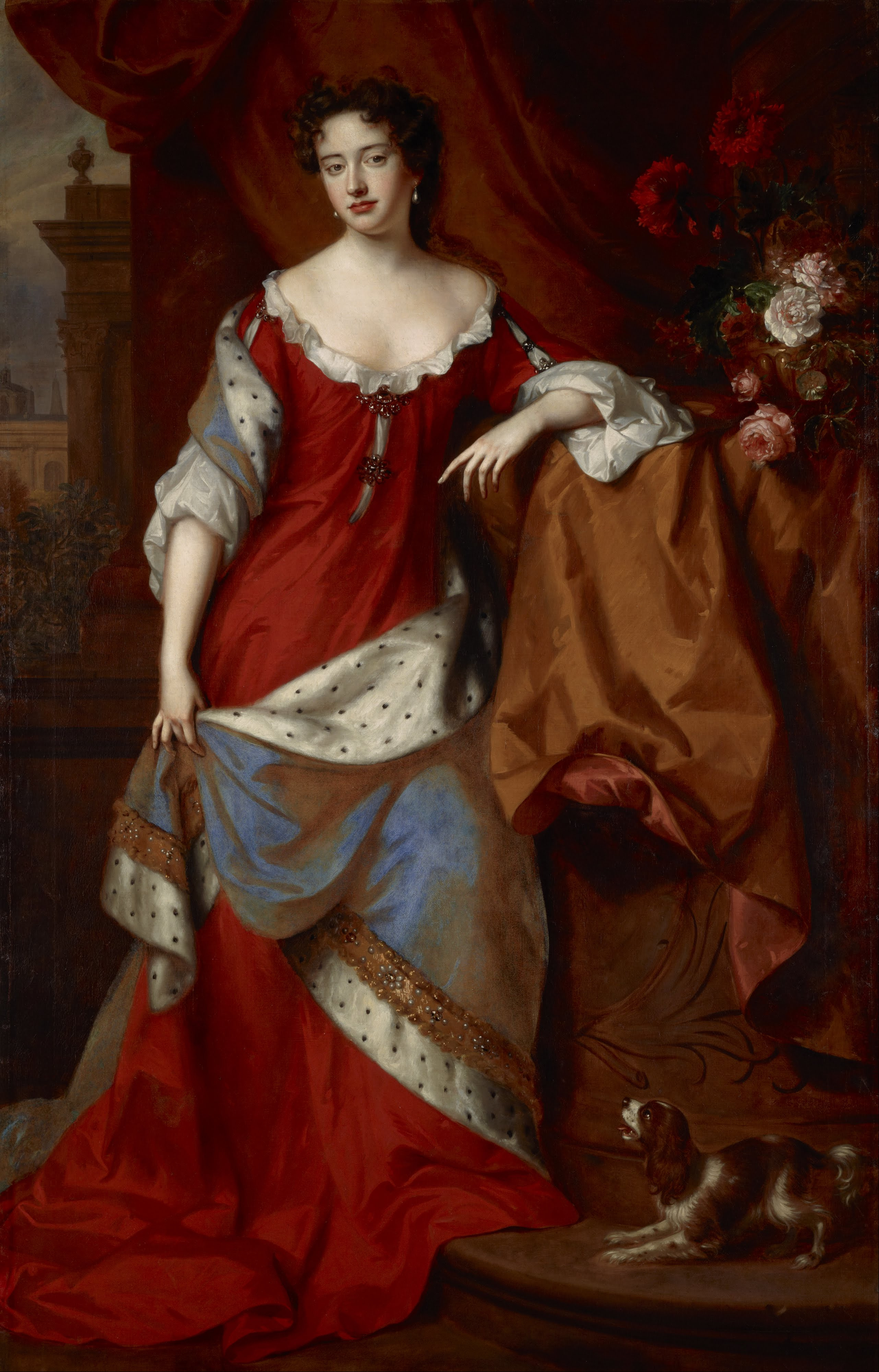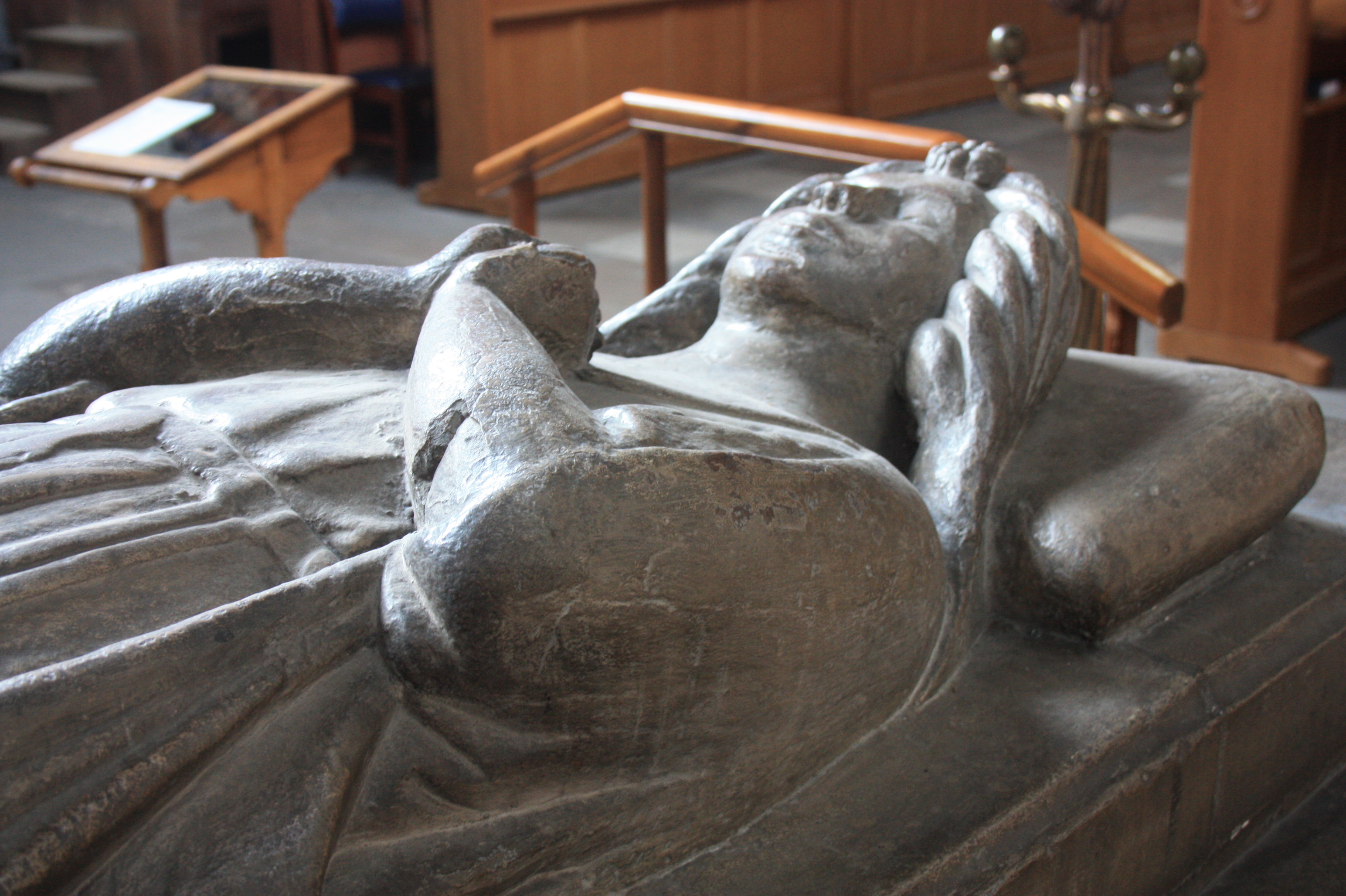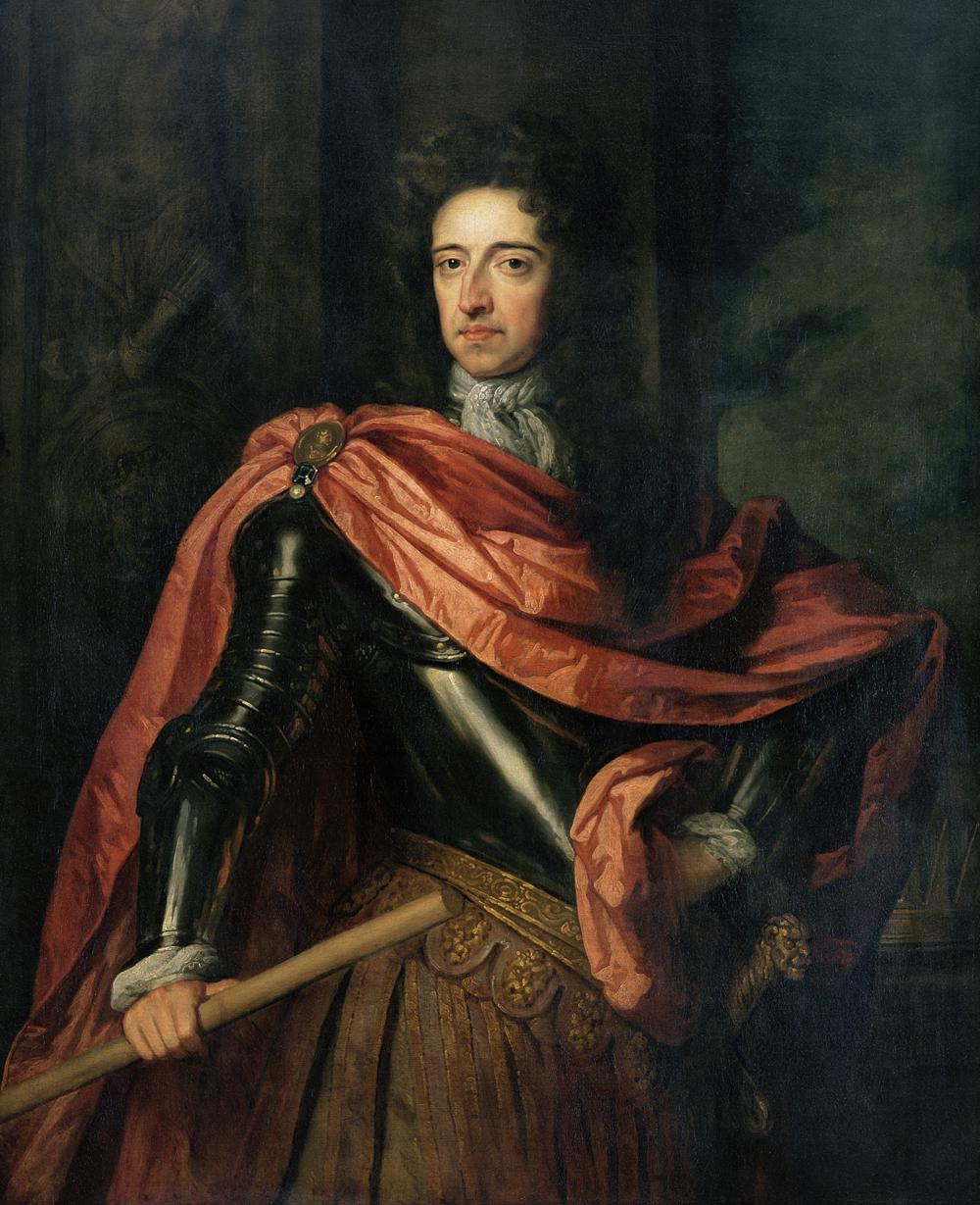Clan Stewart History: The Story of Scotland’s Legendary Clan
by Aimee Li on Aug 30, 2024
Table of Content
I. Introduction
Clan Stewart, one of Scotland’s most renowned clans, played a pivotal role in the shaping of Scottish and British history. From their origins in the 11th century to their reign over Scotland and England, the Stewarts have left an indelible mark on history. This article delves into the fascinating Clan Stewart history , exploring their rise to power, their influence on the Scottish and English thrones, and their enduring legacy.
1. An Overview of Clan Stewart History
The Clan Stewart's history is rich and storied, tracing back centuries in the annals of Scottish heritage. The Clan Stewart history traces back to a family of seneschals (stewards) from Dol in Brittany, France, deeply entwining with the royal lineage of Scotland. Their prominence grew during the Wars of Scottish Independence, particularly with James Stewart, the 5th High Steward of Scotland, who initially swore allegiance to Edward I of England but later joined forces with iconic figures like Robert the Bruce and William Wallace in the fight for Scotland's freedom.
The royal line of male Stewarts remained unbroken until the reign of Mary, Queen of Scots, marking a significant chapter in Scottish history. The Stewarts (Stuarts) held the thrones of Scotland and later England, maintaining their influence until the death of Anne, Queen of Great Britain, in 1714. Clan Stewart celebrates its rich heritage and enduring legacy today, reflecting a remarkable journey through Scotland's tumultuous history.

2. Clan Stewart History: The Origin of Clan Stewart
The Stewarts, who eventually became the rulers of Scotland, originated from a lineage that served as seneschals, or stewards, in Dol, located in Brittany, France. Following the Norman invasion of England, this family gained land and titles in England under the name FitzAlan, which also included the title of Earls of Arundel. Walter Flaad, also known as Walter Fitz Alan, was one of the key figures who moved to Scotland when David I sought to establish his reign. Their role as stewards gave rise to the surname Stewart. Both Renfrewshire and East Lothian bestowed upon Walter the title of High Steward of Scotland and extensive lands. He played a significant role as a commander in the royal forces during the Battle of Renfrew in 1164, where they achieved victory over Somerled of the Isles, who was an ancestor of Clan Donald.

II. Clan Stewart History
1. Beginnings
The Stewart Clan claims descent from Banquo, a character in Macbeth, but their origins are more intriguing. Their earliest known ancestor was Alan, a Breton noble and hereditary Steward of Dol around 1045 connected to the Counts of Dol and Dinan, part of Brittany's ancient ruling dynasty. Alan's second son, Flaald Fitz Alan, became the Steward after his older brother died during the First Crusade in 1097. "Fitz" means "son" in Norman, French. After the Norman conquest, Flaald's son, Alan Fitz Flaald, moved to England and became Sheriff of Shropshire. Around 1124, during King David I's reign, Walter FitzAlan led the family to Scotland. Given that Britons settled in Brittany, it's likely that the Stewarts' ancestors were high-ranking Ancient Britons, which makes the fact that Stewart Clan chiefs were the first monarchs of United Great Britain notable.

They received large estates in East Lothian and Renfrewshire. The title of High Steward of Scotland became hereditary within the FitzAlan family after 1153 during King Malcolm IV's reign. In the Scottish independence struggle around 1315, James FitzAlan, the 5th High Steward, supported Sir William Wallace and Robert the Bruce. His brother, Sir John Stewart of Bonkyl, helped Edward Bruce become the High King of Ireland in 1316.
2. First Stewart King
The Royal House of Stewart began with William FitzAlan, 6th High Steward, marrying Princess Marjory Bruce, daughter of Robert the Bruce. Their son, Robert II, became heir because King Robert I had no children. Born in 1317, Robert Stewart passed away on April 19, 1390, following a horse's kick to the head. In 1347, he married Elizabeth Mure, and later Euphemia of Ross, after Elizabeth's death. He became King of Scotland in 1371 after King David II died. Scotland recognizes James IV (reign 1473-1513) for several advancements, including the introduction of the first printing press in 1507, the founding of Aberdeen University and the College of Surgeons, and the establishment of a permanent Court of Sessions with professional judges.

In 1502, James IV united Scotland and England through marriage to 13-year-old Margaret Tudor, daughter of Henry VII. Both James and his son Alexander died at the Battle of Flodden against Henry VII’s army, resulting in significant casualties among Scottish nobility. After James V's death, the male line of the Royal Stewart ended, but it continued through Mary, Queen of Scots' marriage to Henry Darnley, a descendant of Sir Alan Stewart. Through Princess Marjory Bruce, James VI was both an heir male and a descendant of the House of Stewart. James VI (1566-1625) ascended the Scottish throne at one-year-old after Queen Mary's abdication in 1567.

During the regency, the Stewart Clan assumed control, but murders claimed the lives of key figures such as the Earl of Moray and the Earl of Lennox. Influenced by his mother, James leaned toward Catholicism, leading to a two-year imprisonment by ultra-Protestants. Afterward, he exiled many of them, charging some with witchcraft. Recognizing the value of family ties for stability, one of James’ initial acts was to mediate conflicts among nobles in Edinburgh and lead a public procession. Later, he required landowners to reaffirm the "general band" of previous reigns, holding chiefs accountable for their clansmen's conduct, regardless of their feudal status.
3. United Scotland and England
When Queen Elizabeth I passed away, James became the King of both England and Scotland. To unite the two nations as the United Kingdom, he proclaimed Scotland a Protestant nation and adapted the Scots Kirk to resemble the English model while keeping some Catholic traditions. The political landscape was chaotic; the Scots Parliament approved the union, the English Parliament rejected it, and the Kirk largely ignored the decisions. As the Court moved to London, the Stewart monarchs' influence diminished, but the succession continued with Charles I and II, James VII, and Queen Mary and Anne. Charles I, the eldest son of James VI and Anne of Denmark, succeeded his father in 1625.

Two generations later, Scotland faced decline, as James VII fled to France in 1688 after Parliament claimed he abandoned the throne for England and embraced Catholicism. His attempt to reclaim the throne through the Jacobite Revolution received support from mainly Catholic Highland clans, enabling him to overcome William of Orange’s larger forces. However, he couldn't secure all of Scotland, as the south remained under William's control. Scotland officially joined the United Kingdom in 1707, with power concentrated in England. After Queen Anne died in 1714, James VIII returned to Scotland from France with help from the Earl of Mar, but his stay lasted only six years before he withdrew again.
In 1745, Bonnie Prince Charlie (Charles Edward Stewart) landed in Scotland with remnants of his father's army along with troops from Spain and France. A year later, he attacked Edinburgh and defeated General Cope’s forces. Despite limited support from locals, he pushed into England, aiming for London. Poor advice led to a retreat, and his forces faced repeated defeats, culminating in the Battle of Culloden, followed by his escape to France. By the mid-18th century, the English government began dismantling Scottish identity, prohibiting customs and arms, and targeting the clan system.

The history of the Royal Stewarts was turbulent: of the fourteen monarchs who reigned from 1371 to 1714, four-faced murder or execution, two met their demise in battle, one endured exile, and seven ascended as minors. Nearly a century of regent rule occurred between 1406 and 1587. Initially, the more powerful subjects regarded the Stewarts as a noble house elevated to kingship through a fortunate marriage. James I overthrew the House of Albany; James II removed the Douglases' influence; James III faced opposition from nobles; and James IV maintained power by leveraging rivalries. Through decisive actions, James V reclaimed royal authority lost to the warring nobles. These early Stewarts were monarchs who engaged closely with their people.

4. Last Royal Stewart
In 1807, Prince Henry, the Cardinal Duke of York and brother of Prince Charles Edward passed away, which eliminated the male line of the Royal Stewarts. He left behind George III, King of England, the Scottish Coronation Ring, chivalric orders, and other royal heirlooms. Because these orders are associated with the King of Scotland, George III took on the Stewarts' right to the throne and was named "Tanist" of the previous royal lineage. When Queen Victoria ascended to the UK throne, she asserted her rights as a representative of Bonnie Prince Charlie, claiming no one could be a better Jacobite than herself.

Although there is no direct male descendant of the Stewart Clan on the current British throne, James VI's daughter, Elizabeth, is an ancestor of the House of Hanover and their successors. The current heir still holds the ancient title "Prince and Steward of Scotland." Today, Prince Charles is recognized as the Great Steward of Scotland due to his descent from Walter FitzAlan, the first Stewart. In the 13th century, the 4th Stewart married the heiress of the Lord of Bute from the royal House of Isles, making him also Lord of the Isles.
III. Clan Stewart History: The clan's main branches
1. Stewart of Appin
The Stewart of Appin is a descendant of Sir John Stewart of Bonkyll, who was the son of Alexander Stewart, the 4th High Steward of Scotland. Sir John's younger son, James Stewart, died in the Battle of Halidon Hill in 1333. His grandson married the heiress of the Lord of Lorne, who was the chief of Clan MacDougall, becoming the first Stewart Lord of Lorne. The Stewart of Appin supported the royalist side during the 17th-century Civil War and also backed the deposed Stuart kings during the Jacobite uprisings of 1715 and 1745.

2. Stewart of Atholl
The Stewart of Atholl trace their lineage to Alexander Stewart's son, the Earl of Buchan, known as the "Wolf of Badenoch." In the late 14th century, James Stewart constructed a robust castle at Garth. Queen Joanna, widow of James I, wed the Black Knight of Lorne, a descendant of the fourth High Steward. Their child, John Stewart of Balveny, received the Earldom of Atholl from his half-brother, James II. He supported James II by leading royal forces against the Lord of the Isles' rebellion. The fifth Stewart Earl of Atholl died without male heirs, and his daughter married William Murray, the second Earl of Tullibardine, who became the new Earl of Atholl.

Many Stewarts remained in the Atholl region, claiming descent from the Wolf of Badenoch and loyalty to the Murray Earls, earning the name Athollmen. This legacy continues with the Atholl Highlanders, Europe's only legal private army. General David Stewart of Garth, an Athollman, served in the Black Watch regiment, and his book helped popularize the Highlands in Victorian England. James Stewart of Sticks and Ballechin (d. 1523), an illegitimate son of James II, was the forebear of various Stewart families in Atholl, such as those of Arnagang, Ballechin, Innervack, Killichassie, Kynachins, Loch of Clunie, and Stewartfield.
3. Stewart of Balquhidder
4. Stuarts of Bute
According to tradition, the leaders of the Clan Stuart of Bute are descendants of Sir John Stewart, the illegitimate child of Robert Stewart, who ruled as Robert II of Scotland, and Moira Leitch.

5. Earls Castle Stewart
Established in the early 15th century with a grant of land in Wigtownshire. The family held the hereditary title of Earl of Castle Stewart. He was responsible for overseeing the southwestern coastal areas of Scotland and the Angus-Kintyre border.
6. Stewarts of Menteith
7. Stewarts of Grandtully
Set sail on an odyssey through the illustrious annals of Clan Stewart with our handpicked collection of tartan creations. Embody the indomitable spirit that characterizes the Stewart clan, weaving a piece of this noble history into the fabric of your daily existence:
IV. Conclusion
Frequently Asked Questions
What is the Stewart clan famous for?
The Stewart Clan is well-known for its strong ties to the Scottish royal family. Over the years, the Stewarts gave rise to numerous Scottish monarchs, such as the iconic Mary, Queen of Scotland. Ultimately, the Stewart lineage became the ruling dynasty of Britain, known as the House of Stuart.
What is the Stewart Clan's Scottish motto?
Stewart Clan Motto: Virescit Vulnere Virtus (Courage grows strong at a wound).
Who is Clan Stewart's leader?
There are highland clans that also bear the name Stewart, despite this clan's close ties to the Royal House of Stuart, which provided monarchs for both England and Scotland. However, no single individual holds the title of clan chief.
At Culloden, did Clan Stewart fight?
During the 1746 Battle of Culloden, the Appin Regiment experienced 92 fatalities and 65 injuries from a combat unit of around 300 soldiers. Charles Stewart of Ardsheal commanded the regiment during the 1745 uprising, which comprised men from about 19 different clans, particularly members of Clan MacLaren.












